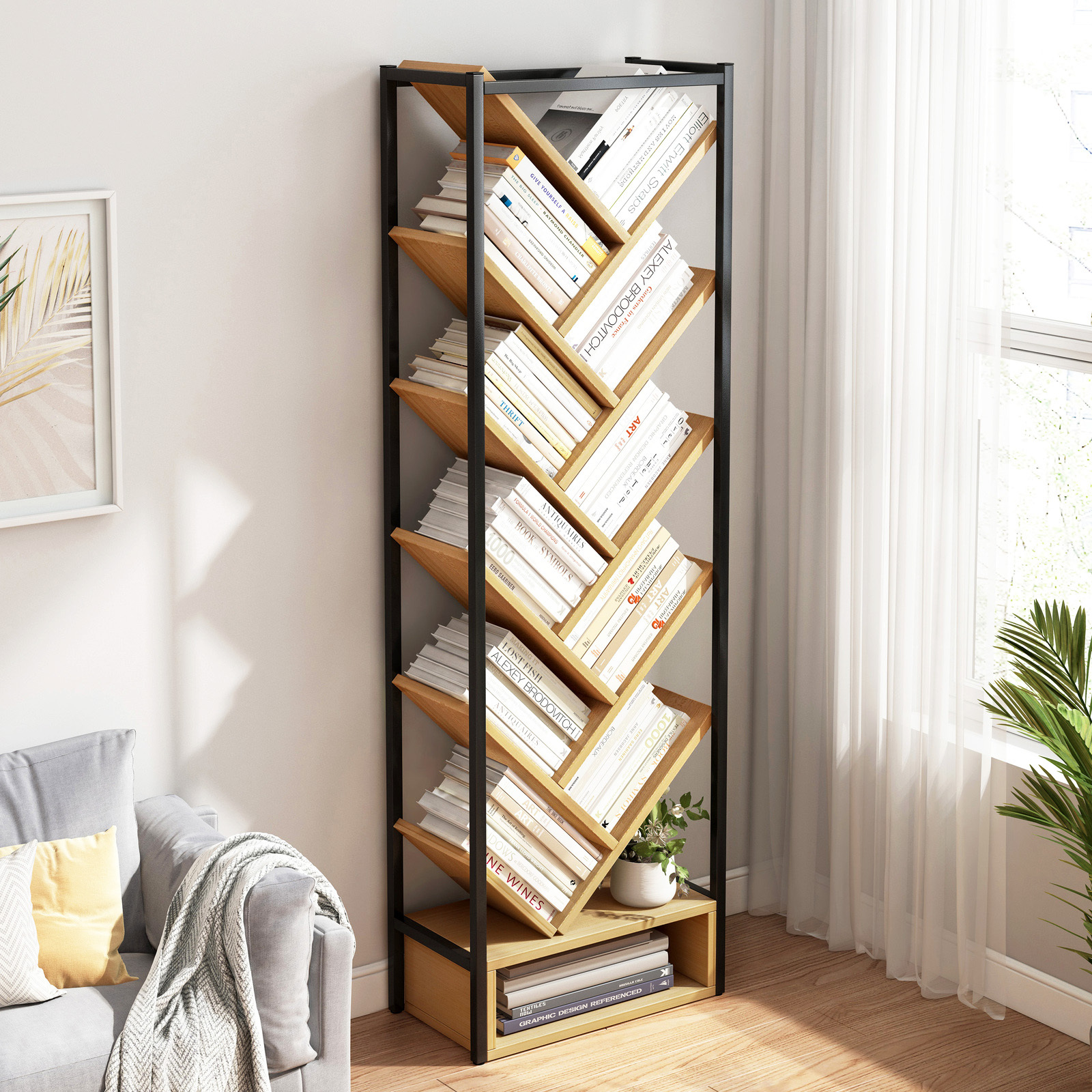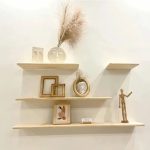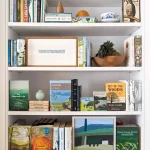1. The Power of Minimalism: Embracing Simplicity
Minimalism is more than just a design trend—it’s a lifestyle philosophy that celebrates simplicity, functionality, and mindfulness. When it comes to styling your bookshelf, adopting a minimalist approach can transform it from a cluttered storage space into a sleek and stylish focal point in your home. By paring down your collection, curating your display, and embracing negative space, you can create a bookshelf that not only showcases your favorite reads but also reflects your personal aesthetic.
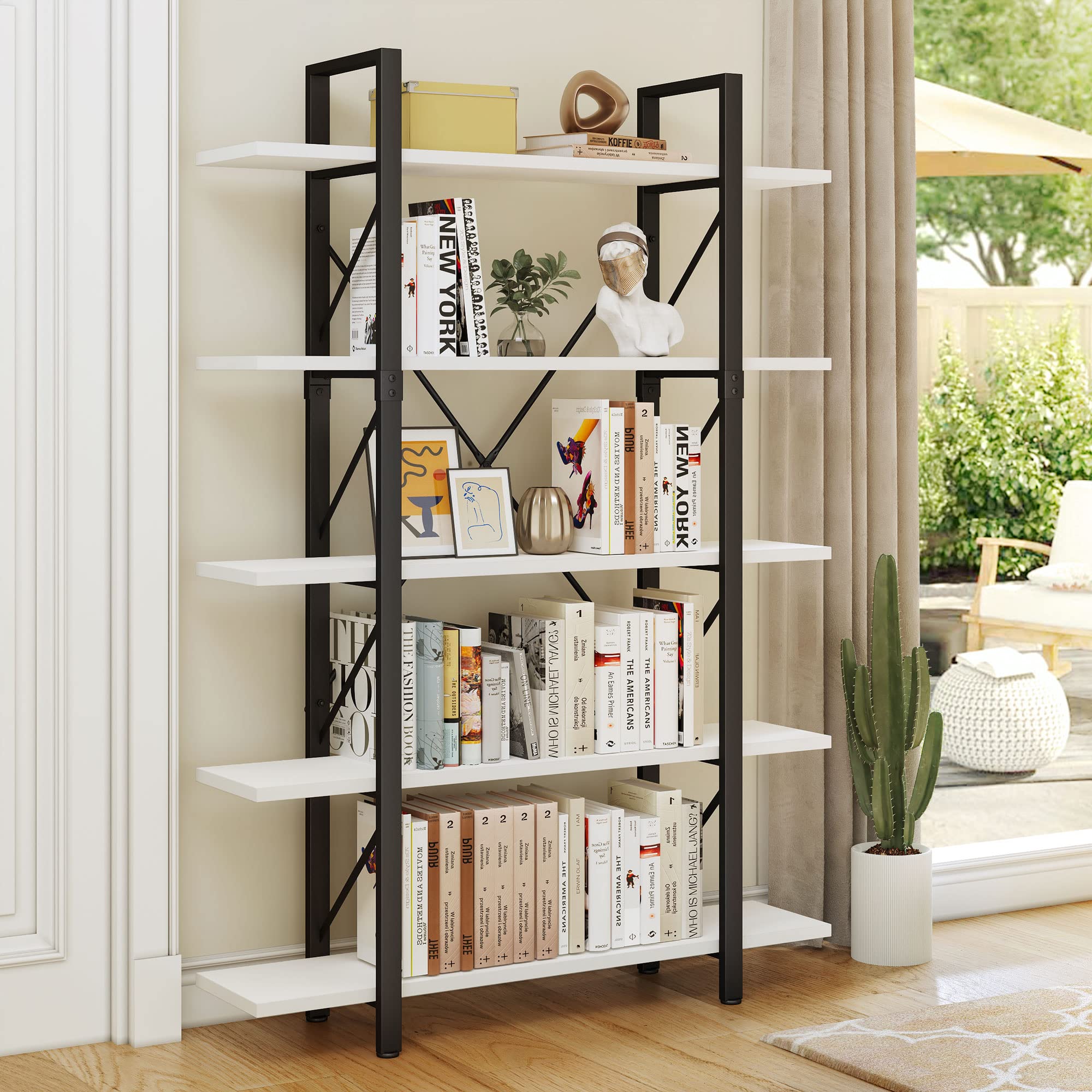
2. Edit with Intention: Curating Your Collection
The first step in achieving a minimalist bookshelf is to edit your collection with intention. Take a critical look at your books and select only those that hold significance or bring you joy. Consider donating or selling books that no longer serve a purpose or resonate with you. By curating a smaller, more meaningful collection, you can create space for each book to shine and avoid overcrowding your shelves.
3. Quality Over Quantity: Investing in Timeless Pieces
In a minimalist bookshelf, every item should be carefully chosen for its quality and craftsmanship. Instead of filling your shelves with cheap, mass-produced knick-knacks, invest in a few timeless pieces that speak to your personal style. Look for handcrafted ceramics, sculptural bookends, or vintage accents that add visual interest without overwhelming the space. By prioritizing quality over quantity, you can elevate the look of your bookshelf and create a more curated and cohesive display.

4. Embrace Negative Space: The Art of Restraint
One of the key principles of minimalist design is the use of negative space to create balance and harmony. When styling your bookshelf, resist the urge to fill every inch of space with books and decor. Instead, embrace empty space as a design element in itself, allowing your books and objects to breathe and stand out against the backdrop. Leave some shelves sparsely populated or even entirely empty to give your bookshelf a sense of openness and tranquility.
5. Organize with Purpose: Finding Balance and Symmetry
While minimalism celebrates simplicity, it doesn’t mean your bookshelf has to be devoid of structure or organization. Arrange your books and decor with purpose, finding a balance between form and function. Group books by genre, color, or size to create visual cohesion and symmetry. Use bookends, trays, or baskets to corral smaller items and prevent clutter. By organizing your bookshelf thoughtfully, you can enhance its visual appeal while maintaining its functionality.
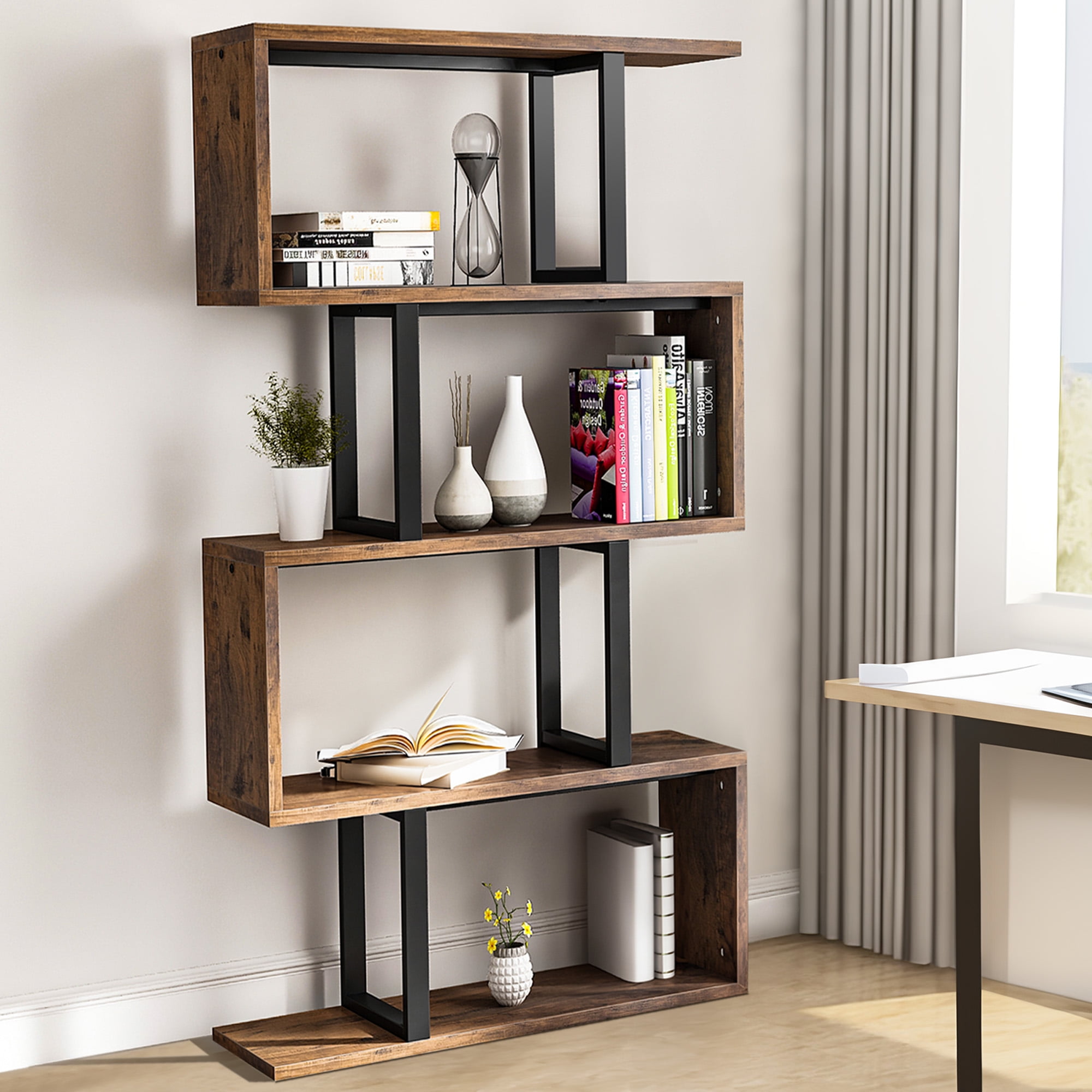
6. Play with Scale and Proportion: Creating Visual Interest
Incorporating elements of varying scale and proportion is key to creating a dynamic and visually engaging bookshelf display. Mix tall, vertical objects like vases or sculptures with shorter, horizontal items like books or framed photos to add dimension and visual interest. Experiment with different arrangements until you find a balance that feels harmonious and visually pleasing. By playing with scale and proportion, you can create a bookshelf display that draws the eye and invites exploration.
7. Emphasize Texture and Materiality: Adding Depth and Warmth
Texture plays a crucial role in minimalist design, adding depth and warmth to a space without adding clutter. Incorporate tactile elements like wood, metal, or woven textiles into your bookshelf display to create visual contrast and interest. Mix smooth, glossy surfaces with rough, matte finishes to add texture and dimension. Consider adding a cozy throw blanket or woven basket to introduce softness and warmth to your bookshelf vignette.
8. Curate a Color Palette: Harmonizing Your Display
A cohesive color palette can tie together your bookshelf display and create a sense of unity and harmony. Choose a limited color scheme consisting of two or three complementary colors and incorporate them into your books and decor. Consider the overall color scheme of your room and select shades that complement your existing decor. By curating a color palette for your bookshelf, you can create a visually cohesive and harmonious display that enhances the overall aesthetic of your space.

9. Embrace Change: Refreshing Your Display
Minimalist design is not static—it’s dynamic and ever-evolving. Embrace the idea of change and don’t be afraid to refresh your bookshelf display periodically. Rotate books and decor items, experiment with new arrangements, and incorporate seasonal accents to keep your display feeling fresh and inspiring. By embracing change and allowing your bookshelf to evolve over time, you can continue to enjoy it as a stylish and dynamic focal point in your home.
10. Lighting Matters: Illuminating Your Display
Lighting can dramatically enhance the look of your bookshelf display. Consider incorporating ambient lighting such as LED strip lights or small spotlights to highlight specific areas or objects. Soft, diffused lighting can create a warm and inviting atmosphere, while directional lighting can add drama and focus to your display. Experiment with different lighting options to find the perfect balance that complements your minimalist aesthetic and showcases your books and decor in the best possible light.
11. Reflective Surfaces: Maximizing Space and Light
Mirrors and reflective surfaces can visually expand your bookshelf display and amplify natural light in the room. Consider adding a mirrored backing to your bookshelf or incorporating reflective objects such as glass vases or metallic accents. These reflective surfaces not only add depth and dimension to your display but also create a sense of airiness and spaciousness, making your bookshelf feel larger and more open.
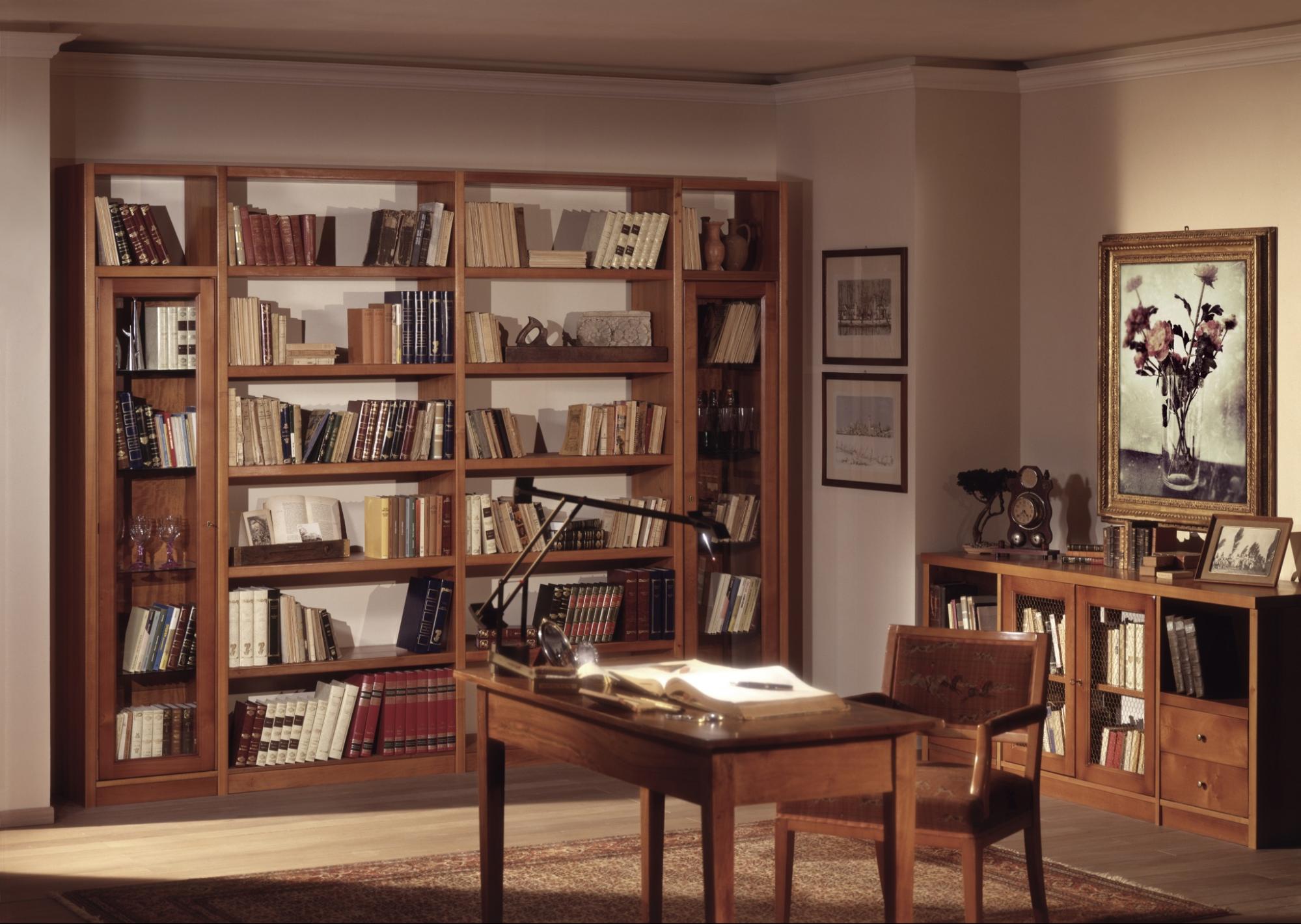
12. Sustainable Styling: Eco-Friendly Practices
As you curate your minimalist bookshelf display, consider incorporating sustainable and eco-friendly practices. Opt for locally sourced, ethically made decor items and furniture pieces crafted from sustainable materials such as reclaimed wood or bamboo. Upcycle old books or repurpose thrifted finds to add character and charm to your display while reducing waste. By embracing sustainable styling practices, you can create a bookshelf that not only looks good but also aligns with your values and commitment to environmental stewardship.
13. Personal Touches: Infusing Your Personality
While minimalism emphasizes simplicity and restraint, it’s essential to infuse your bookshelf display with personal touches that reflect your unique personality and interests. Incorporate items that hold sentimental value or evoke fond memories, such as family photographs, travel souvenirs, or heirloom pieces. Displaying these personal treasures alongside your favorite books adds warmth and character to your bookshelf, transforming it from a generic display into a true reflection of who you are.
14. Conclusion: Elevating Your Bookshelf with Minimalist Magic
Transforming your bookshelf into a stylish statement piece is a rewarding endeavor that requires thoughtful editing, curation, and styling. By embracing the principles of minimalism, editing your collection with intention, and curating a display that reflects your personal style, you can create a bookshelf that not only showcases your favorite reads but also enhances the overall aesthetic of your space. So channel your inner minimalist, embrace simplicity, and elevate your bookshelf with minimalist magic.
